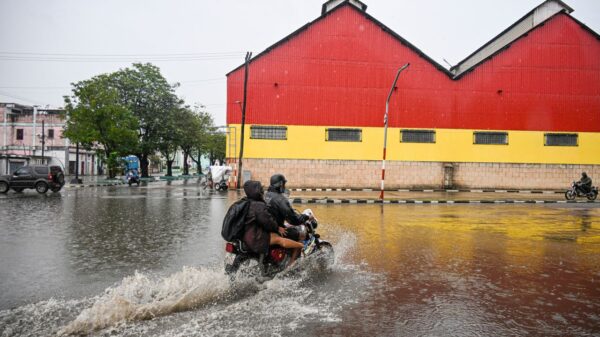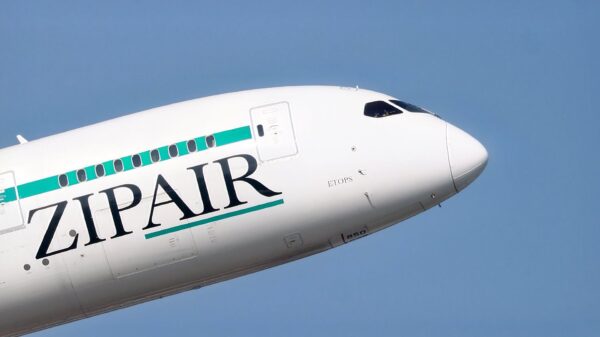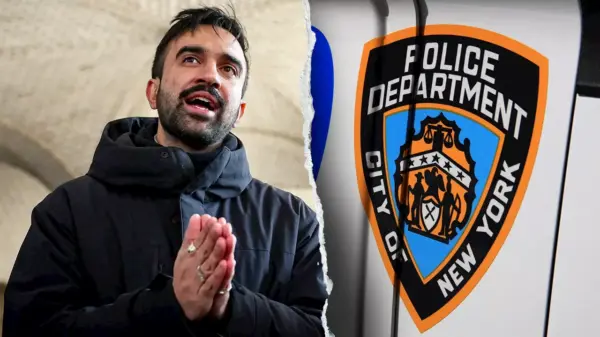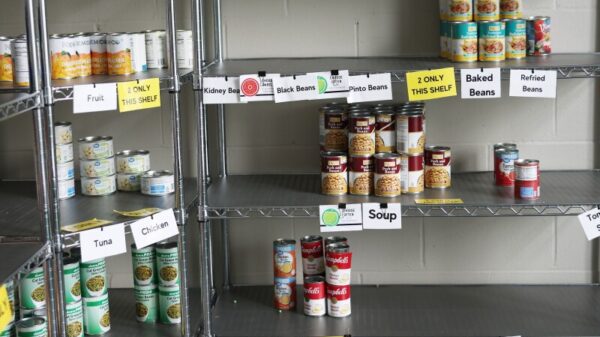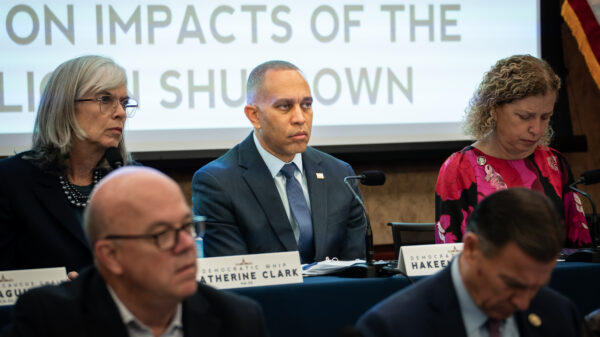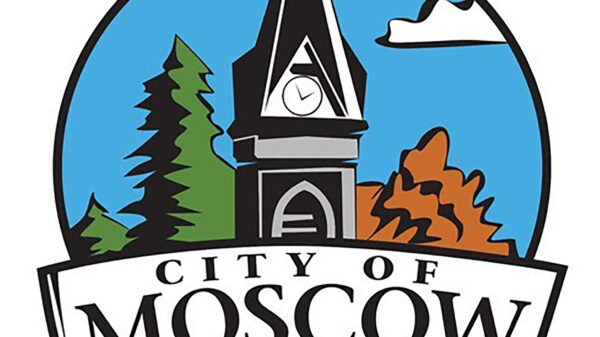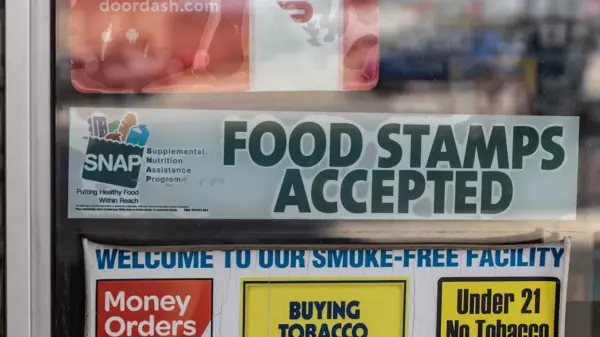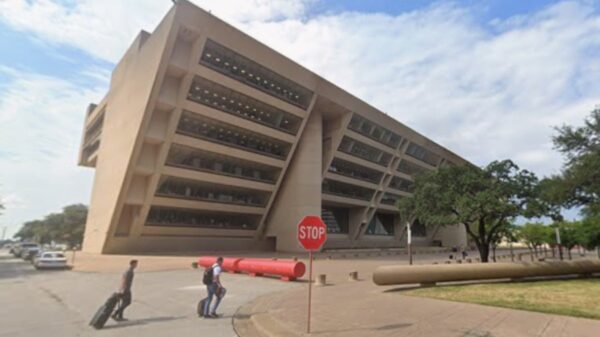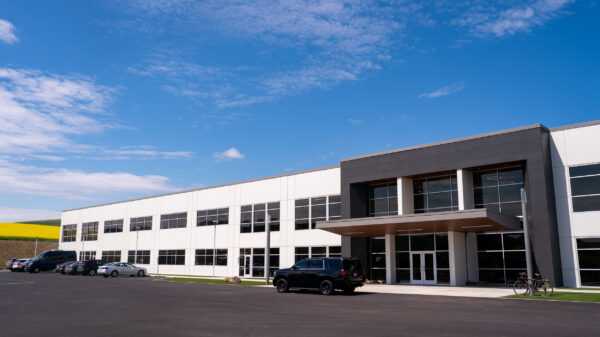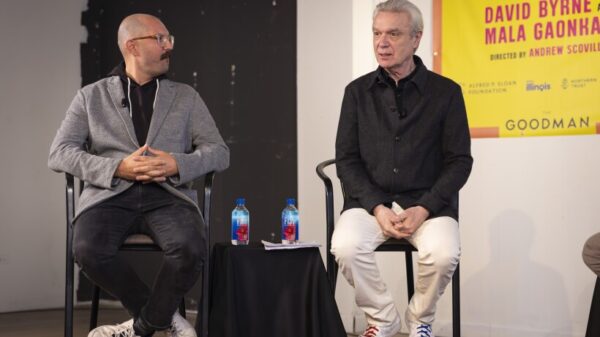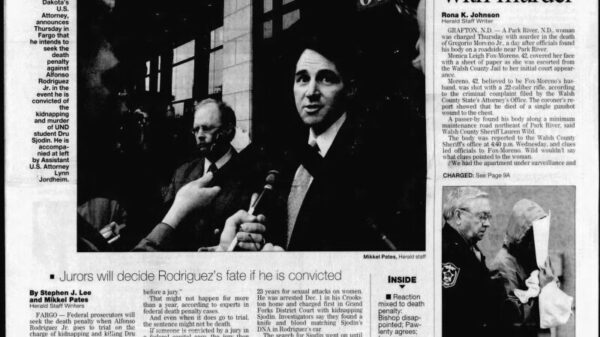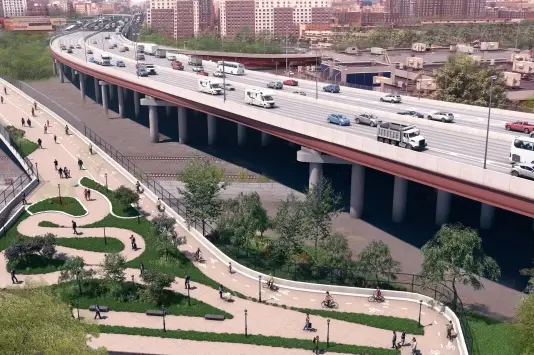Community activists in the Bronx are intensifying their efforts to persuade the state Department of Transportation to abandon plans for a mile-long service road over the Bronx River and Starlight Park. The proposed construction is part of a broader initiative to update a series of bridges along the aging Cross-Bronx Expressway, which carries an estimated cost of $900 million. Activists argue that the new road would exacerbate environmental issues, including worsening air quality and increasing traffic congestion in an area already struggling with high asthma rates.
Edmundo Martinez, a community organizer involved in the coalition opposing the project, emphasized the need for repairs without expanding the existing infrastructure. “No one’s arguing against doing the repairs, but you could do the repairs within the existing footprint,” he stated. Over recent months, community groups have organized rallies to raise awareness and advocate for alternative solutions. The state has responded by holding community meetings to gather input.
Progress has been made, as two proposals for the Cross-Bronx Bridges Project, which included plans for the service road, have been eliminated. Nonetheless, the road remains under consideration, prompting further calls for action from the coalition.
Concerns from Elected Officials and Community Leaders
A number of prominent elected officials have voiced their concerns regarding the proposed service road. Amanda Farías, the City Council Majority Leader, along with state Assemblymember Emérita Torres, state Senator Gustavo Rivera, and U.S. Representatives Ritchie Torres and Alexandria Ocasio-Cortez, have expressed the need for safer and more sustainable alternatives that align with community goals for environmental justice.
“In the interest of our communities, the [state transportation department] must invest in safer and more sustainable alternatives that advance our environmental justice goals as recommended by the community,” said Rivera.
According to city data, children in the South Bronx experience higher rates of emergency department visits for asthma compared to the rest of New York City. Research has identified highway pollution as a contributing factor to these health issues.
The state Department of Transportation has proposed several options for completing the necessary repairs to the Cross-Bronx, citing a need to improve safety and rectify design flaws from the original construction in the 1940s and 1950s. The agency argues that building the diversion road would expedite construction, allowing for completion by 2030.
In response to community feedback, the agency recently scrapped two proposals that would have allowed vehicular traffic on the new service road after highway repairs. However, another option remains on the table that would initially construct the road with the intention of later converting it into a mixed-use path for pedestrians and cyclists. Some community members are skeptical about the state’s commitment to transforming the structure into an appealing greenspace.
Environmental Impact and Future Proposals
Critics continue to raise concerns about the environmental impact of constructing the service road. Victoria Toro, outreach manager at the Bronx River Alliance, highlighted that the proposed traffic diversion structure would significantly impact the mature tree canopy in Starlight Park. “The South Bronx already suffers from insufficient tree canopy, inadequate cooling infrastructure, and excessive air pollution,” she noted.
Earlier this year, local residents collaborated with city and state agencies to develop a range of proposals aimed at enhancing safety and environmental quality around the highway. These proposals were documented in a report titled Reimagine the Cross Bronx, which includes ambitious plans such as capping sections of the highway and transforming them into greenspace. Advocates are urging the Department of Transportation to integrate some of these innovative ideas into its highway rehabilitation plan.
The Department of Transportation has stated that the rehabilitation plan is separate from the Reimagine the Cross Bronx study, but it is considered foundational for any future improvements along the corridor. A draft assessment of the project’s environmental impact is expected to be released this fall, allowing for public comment before the final decision is made. Construction on the project is scheduled to begin in 2026, marking a significant moment for both infrastructure development and community advocacy in the Bronx.

